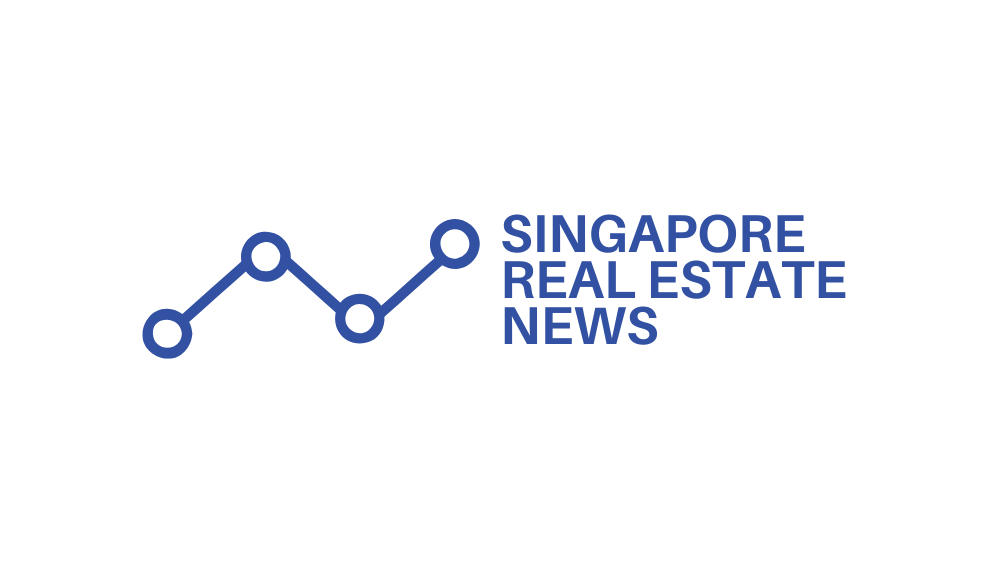How might regulatory frameworks and fiscal mechanisms work in concert to safeguard residential property purchasers while moderating market speculation? Recent regulatory enhancements demonstrate a multifaceted approach integrating transparency requirements, tax structures, and quality assurance protocols to achieve these interconnected objectives.
Regulatory frameworks and fiscal mechanisms integrate transparency requirements, tax structures, and quality assurance to protect buyers and moderate speculation.
The regulatory framework establishes mandatory clearer floor plans for all new residential projects, coupled with stricter quality checks imposed on developers before project completion. These provisions, complemented by longer defect liability periods extending post-handover coverage, enhance buyer protection through detailed contractual documentation and strengthened penalties for non-compliant developers. Ownership structures such as family offices and trusts are increasingly utilized by foreign investors to optimize asset protection and tax efficiency while navigating regulatory requirements.
Transparency mechanisms require developers to provide detailed project specifications, materials, amenities disclosures, and extensive defect lists at handover, while stricter advertising guidelines prevent misrepresentation during sales transactions. Buyers must also understand their maximum loan affordability based on regulatory lending limits and debt-to-income requirements.
Fiscal mechanisms operating concurrently include Buyer’s Stamp Duty (BSD) charged on all property transactions at rates up to 6% as of 2025, designed to moderate speculative activity. Additional Buyer’s Stamp Duty (ABSD) for foreign buyers reaches 60% for residential properties, while permanent residents face a fixed 5% ABSD for first property purchases; Singapore Citizens pay 0% for first homes.
These tiered structures channel foreign investment toward high-density, strata-titled housing such as condominiums while preserving affordability for resident populations.
Housing accessibility differentiates eligibility criteria across citizen classifications, with Singapore Citizens accessing Build-To-Order and resale HDB flats supplemented by housing grants. Conversely, permanent residents and foreigners are generally directed toward private properties. Restrictions on non-citizen ownership in landed property safeguard supply for local populations.
Quality and liveability standards have expanded through implementation of stricter quality assurance checks, enhanced defect liability periods, and improved liveability features encompassing layout functionality and common space standards. When property disputes arise involving amounts under $20,000, buyers and tenants can seek resolution through Small Claims Tribunals for efficient adjudication.
Green and sustainable building requirements receive increasing emphasis in new developments, with regular building code reviews aligning provisions with evolving resident needs.
These integrated mechanisms—combining regulatory transparency, tax structure optimization, accessibility restrictions, and quality enhancement—establish a broad-based framework addressing multiple policy objectives simultaneously.





